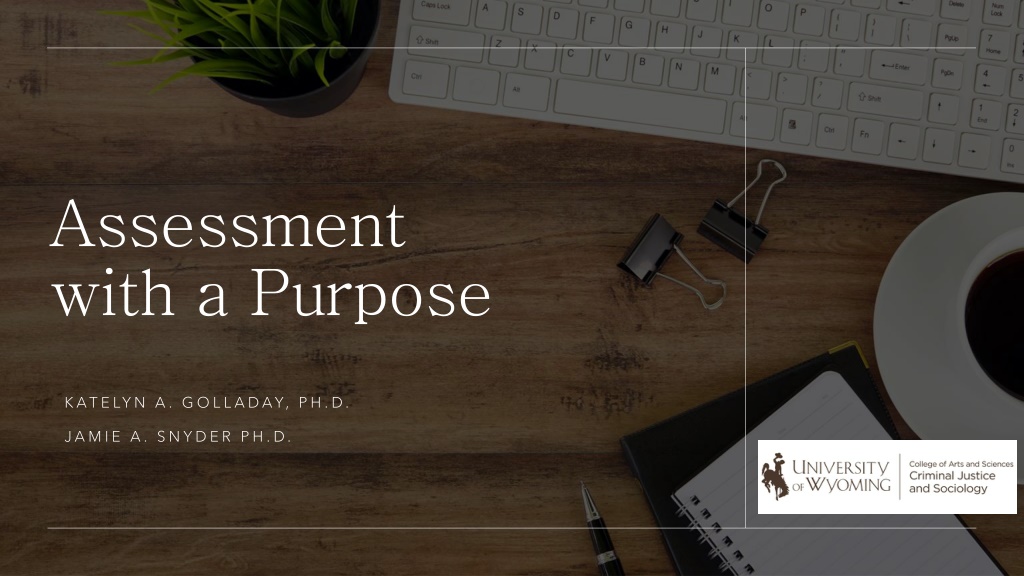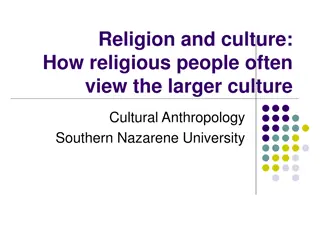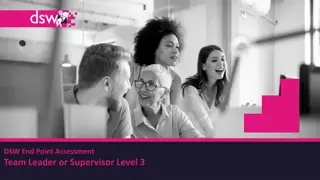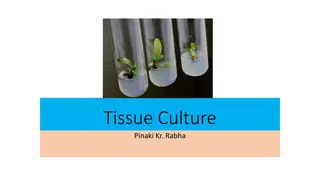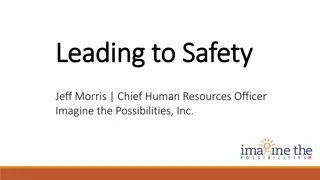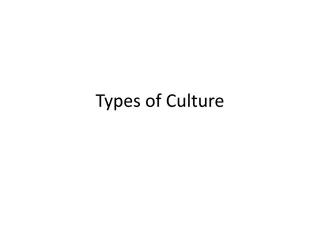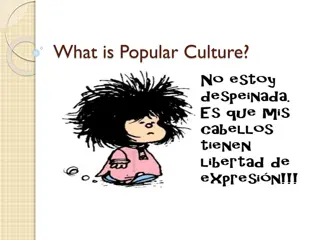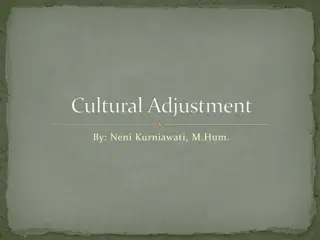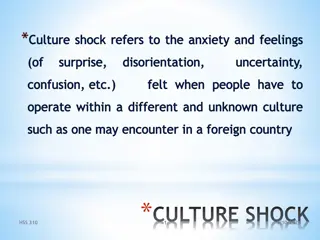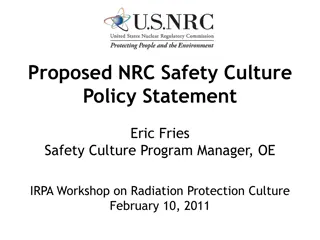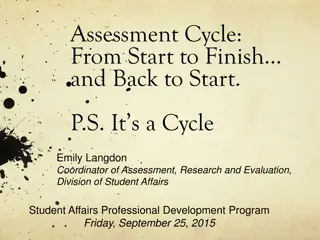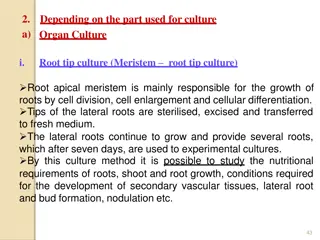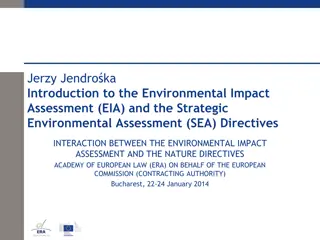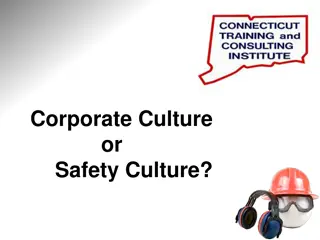Assessment with a Purpose - Importance and Culture
Merged department, separate SLOs, assessment results, faculty concerns, goals, and program improvements discussed within a university setting. Emphasis on aligning assessment with mission and student learning objectives.
Download Presentation

Please find below an Image/Link to download the presentation.
The content on the website is provided AS IS for your information and personal use only. It may not be sold, licensed, or shared on other websites without obtaining consent from the author.If you encounter any issues during the download, it is possible that the publisher has removed the file from their server.
You are allowed to download the files provided on this website for personal or commercial use, subject to the condition that they are used lawfully. All files are the property of their respective owners.
The content on the website is provided AS IS for your information and personal use only. It may not be sold, licensed, or shared on other websites without obtaining consent from the author.
E N D
Presentation Transcript
Assessment with a Purpose K AT E LY N A . G O L L A DAY, P H . D. J A M I E A . S N Y D E R P H . D.
Importance of Assessment Create: Define Student Learning Objectives Apply: Identify and Implement Changes Plan: Establish a Plan Analyze: Conclusions from findings Measure: Collect Data
Background Merged into a single department in 2017 Operate as two separate programs A lot of overlapping students Department of Criminal Justice and Sociology Separate SLOs and goals Department and program level mission statements
Where we started How did we assess? What did we assess? Results? Pre- and Post- tests 16 questions that measure core criminal justice principals Issues in policing Criminal courts and processes Correctional theory and practice Spreadsheets Improvement over the course of the semester Only measuring some SLOs
Assessment Culture Initial faculty concerns: Lack of input within their own classes and assessment assignments Will assessment require assignment changes and added workload in the classroom? Extra workload Constant change at the university level Why is assessment important? Discussion: What are some things people would say about assessment in your department? Discussion: What are some things people would say about assessment in your department?
Goals of Assessment General goals for assessment in our department: Measure what our students are learning What knowledge do we want our students to leave with? What skills will help our students be successful in their future careers? Are students leaving with the skills and knowledge we want them to have/think we are providing them? Ensuring alignment with mission, SLOs, and assessment Discussion: What other goals are important in your department? Discussion: What other goals are important in your department?
Goals of Assessment Eight core classes: New mission statement: Intro to Criminal Justice The Criminal Justice program is committed to providing its students with a comprehensive education, including historical and contemporary topics across the field of criminal justice. We strive to provide a high-quality education to students that will inspire them to become critical thinkers, effective communicators, and lifelong consumers of knowledge. Students will be exposed to diverse perspectives, research, and learning opportunities in criminal justice to prepare them for a variety of professions in the public, private, non-profit, research, service, and academic settings. Criminal Law Criminology Research Methods Criminal Courts and Processes Correctional Theory and Practice Issues in Policing Ethics
Student Learning Objectives - Old Students will acquire an accurate knowledge base relating to crime in modern society to include the elements of major crime, the extent of crime, and its distribution in society. 1. Students will possess a broad historical and contemporary understanding of the institutions that make up our criminal justice system, the interconnectedness of these institutions, and the related issues of diversity and discrimination. 2. Students will develop an understanding of the major legal principles that serve as the foundation for criminal law and the processing of individuals through the justice system, as well as the difficult situations and ethical dilemmas they will face in the criminal justice field. 3. Students will understand and apply basic concepts and theoretical perspectives in criminology and criminal justice. 4. Students will possess the ability to access, comprehend, and critically examine research and policy relevant to the field of criminal justice and criminology, including understanding basic research methodology. 5. Discussion: What do you notice about these SLOs? Discussion: What do you notice about these SLOs?
Student Learning Objectives - New Students will identify identify and describe major types of crime, the extent of crime, and its distribution in society. 1. Students will describe interconnectedness of policing, courts, and corrections. describe the broad historical and contemporary understanding of criminal justice systems, the 2. Students will recognize law in the justice system. recognize and apply apply major legal principles that serve as the foundation for civil and criminal 3. Students will describe justice. describe basic concepts and evaluate theoretical perspectives in criminology and criminal 4. Students will demonstrate the field of criminal justice and criminology. demonstrate the ability to comprehend comprehend and critically assess research and policy relevant to 5. Students will critically examine critically examine major ethical dilemmas facing the criminal justice field and the related issues of diversity and discrimination. 6.
Curriculum & Assessment Mapping Understand which SLOs are addressed in each of our core classes What assignments are our faculty already assigning that can be used to assess the SLOs? Level of mastery : introduced, developed, mastered How are they grading these assessments? Are all our SLOs being covered in our core classes? Rubrics, multiple choice exams, etc. Does each core class fulfill at least one SLO? Where are there gaps?
Assessment Map Matching mastery levels for each course to assignments faculty are already using Are these assignments appropriate for assessment? Limiting extra workload for faculty and assessment coordinator Reference for future timeline of assessment within our department
Assessment Culture Skepticism to acceptance Understanding of importance Some lingering questions What comes next?
Challenges Overall Assessment Where do we start? What classes do we assess? Balance between too little and too much assessment Balancing input from. faculty Faculty "buy-in" Assessing core courses taught by adjuncts Faculty Lack of resources Faculty workload Understanding assessment at the university level Resources
Implementation What we've been doing Successes Challenges Pilot in Fall of 2023 Intro to Criminal Justice Writing assignment Limited extra workload on faculty Use of rubrics Consistency of evaluation Do we evaluate developed and mastery classes?
Percentage Percentage Mastering Mastering 62 62 62.6 62.6 Developing Developing 30 30 30.3 30.3 Emerging Emerging 1 1 1.0 1.0 Not Present Not Present 6 6 6.1 6.1 Percent Percent Mastering Mastering 73 73 73.7 73.7 Developing Developing 20 20 20.2 20.2 Emerging Emerging 1 1 1.0 1.0 Not Present Not Present 5 5 5.1 5.1
Future Timeline Develop a rotation for course assessment Using data to inform change Continue to assess what is working and what is not
